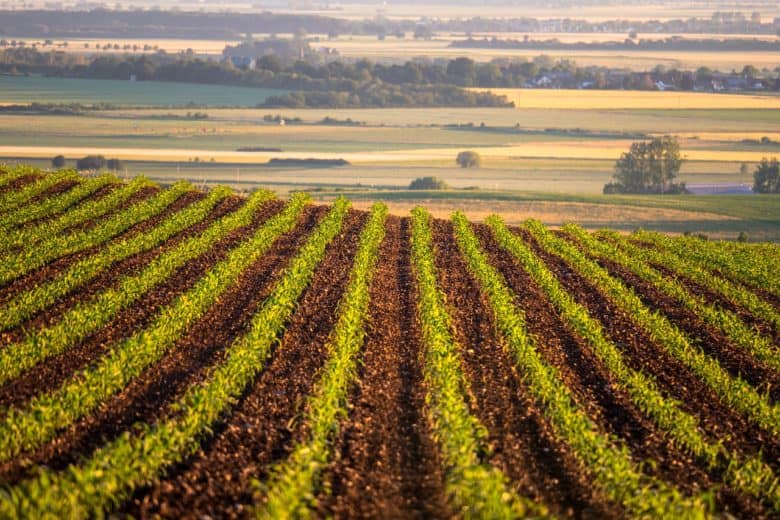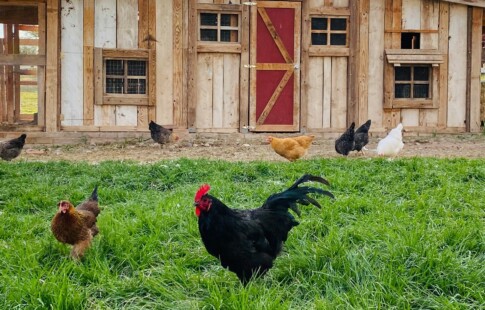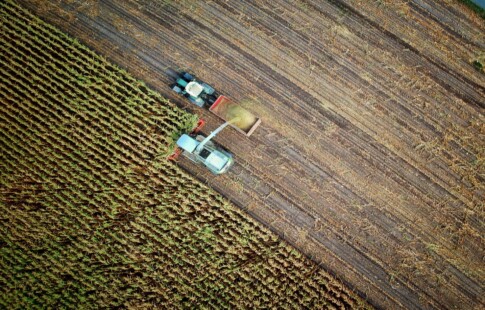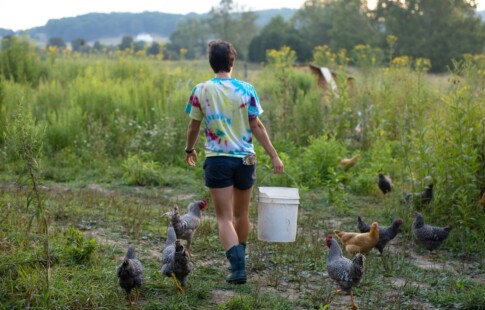
Does Our Food Supply Chain Need an Overhaul?
We are reader-supported. When you buy through links on our site, we may earn affiliate commission.
The food supply chain and agricultural operations must see a considerable overhaul if we wish to continue thriving long into the future. There are several reasons why this is the case. For starters, a growing population means a higher demand for food and fresh goods. Next, the current climate and general development mean fewer available lands for farming and cultivation, so the space we do have must be more efficient than ever. Finally, the current state of the entire food and agricultural industry is contributing significantly to climate breakdown. In other words, it directly influences the depletion of natural resources and puts a strain on the environment in many ways.
If related industries do not see a change soon, we’re inevitably headed for disaster. A recent report by the RSA Food and Farming Countryside Commission in the U.K. explains just how important it is that the entire food industry becomes sustainable. A “catastrophic” climate breakdown is imminent. It’s not some fictional, dystopian future but one that’s playing out right this instant.
What does it all mean? What is the most important thing to take away from all this?
Why the Food Supply Chain Must Go Green
By 2050, the global population is estimated to be about 9.7 billion, which means we will need 60% more food than is currently consumed. Feeding the world will require substantial improvements to current solutions, and that’s before even factoring in some of the other problems the industry faces.
Climate change is making farming more challenging than ever. Less land is available for agricultural projects thanks to widespread development and expansion. Plus, operating costs are rising, including the prices of energy, fuel and more.
Most frightening, however, is the fact that the agricultural industry not only feeds people but severe climate problems, as well. The sector is responsible for generating a third of human greenhouse gas emissions, including 40% or more of methane. It’s cyclical. While climate change is damaging most agricultural operations, the problem continues to grow mainly because of them.
The industry must become more sustainable and environmentally friendly, as a means to mitigate the damage it’s doing. A minimal impact will breed fewer climate issues, lower operating costs, lead to more effective food generation, and promote the reuse of existing materials and supplies. One facet of sustainability, for instance, pertains not just to the reduction of waste but also the repurposing of it. Organic waste can become fertilizer through composting, cutting down on less natural chemicals and treatments.
Food waste is a huge problem, as somewhere between 30-40% of the U.S. food supply goes to waste.
Where to Start
Incorporating sustainability into the supply chain — especially one that already exists and is continually operational — is difficult and complicated. Failure to do anything at all, however, is not an option. Every organization must spend some time implementing change, no matter how small.
Here are some excellent places to start:
1. Map Out the Supply Chain
Step one is to map out the supply chain and all existing processes. Identifying what’s already sustainable and what is not, and also where things can improve, is the goal.
Prioritizing improvements is also essential, as is starting small. Therefore, it’s necessary to measure where the most significant sustainability and social gains will be. Also, a minimal buy-in is required, at least to start. However, when the ball starts rolling, that’s when bigger changes can happen, which have more significant implications for the organization overall.
For example, maybe a recycling solution already exists but is not as efficient as it should be. The first change might then be about improving the program to reduce waste, as well as repurpose and reintroduce useful supplies, and maximizing investments.
2. Choose an Objective
There must be a baseline. Before engaging in an organization-wide transformation, everyone should be moving toward a single goal. Choose one to start, which will serve as the primary mission. Once that’s complete, everyone can move on to another objective.
Some examples include a total reduction in waste, more effective recycling solutions, efficient peripherals like smart lighting or energy systems, or even swapping to more eco-friendly supplies and manufacturing materials.
3. Get Everyone Onboard
After choosing a mission and improvements are underway, it’s necessary to coordinate with suppliers and vendors — the partners that also have a hand in the organization’s general sustainability.
The supply chain is a collective and populated system. Even if a single party were to boost sustainability to incredible limits, they might still be held back by other businesses that are involved. That’s why many retailers are now regularly evaluating their suppliers by using a series of modern frameworks and methodologies.
If the materials coming in to build a product are not clean, then it hinders the rating of the item and, by proxy, the brand selling it.
More Sustainability Practices to Consider
That’s just a jumping-off point for enacting change. There are several additional sustainability practices to honor, such as:
- Introducing training and third-party experience programs to spread knowledge across the supply chain
- Conducting organization-wide sustainability audits to measure and further improve performance
- Pooling efforts with other supply chain players to establish standards, enhance operations and encourage growth
- Considering or experimenting with new technologies that provide eco-friendly and sustainability improvements, such as smart lighting or energy-efficient machinery
We Must Clean up to Survive
We need to be better if we hope to survive what’s coming. The supply chain and food industry must be able to provide greater quantities of food to the growing population, all while minimizing the total impact on the environment. The only way to achieve that is to implement much more efficient and sustainable practices throughout the entire network.
Share on
Like what you read? Join other Environment.co readers!
Get the latest updates on our planet by subscribing to the Environment.co newsletter!
About the author
Jane Marsh
Starting from an early age, Jane Marsh loved all animals and became a budding environmentalist. Now, Jane works as the Editor-in-Chief of Environment.co where she covers topics related to climate policy, renewable energy, the food industry, and more.





